Sewing patterns are an essential tool for anyone interested in sewing and dressmaking. They serve as blueprints for creating garments, enabling you to cut and stitch fabric into a specific design. But have you ever wondered what sewing patterns are made of? Let’s explore the materials that make up sewing patterns.
Paper Patterns
Paper patterns are the most common type of sewing patterns. They are made from lightweight, yet durable, paper that allows for easy handling and tracing. The paper used is typically thicker than regular printer paper, giving it more sturdiness and longevity.

These patterns consist of printed lines and markings that guide you through the process of cutting and assembling fabric pieces. They are available in single-size or multi-size options, depending on the complexity of the design and manufacturer preferences.
Sticky Patterns
Sticky patterns, also known as adhesive patterns, are another type of sewing patterns commonly used by beginners or for specific projects. These patterns are made from a self-adhesive material, often in the form of large stickers. They eliminate the need for tracing or cutting, as you can directly stick them onto the fabric.

Sticky patterns simplify the cutting process, making them ideal for beginners who may find traditional paper patterns overwhelming. However, they are usually available in specific sizes and may not offer as much customization as paper patterns.
Digital Patterns
In recent years, digital patterns have gained popularity, thanks to advancements in technology. These patterns are created and distributed in digital formats, such as PDF files or through online platforms. You can download and print them onto regular printer paper or assemble them digitally without any printing.

Digital patterns offer the flexibility of resizing and customization, allowing you to adjust the design according to your preferences. They can be easily stored on electronic devices, enabling you to access them anytime, anywhere.
Final Thoughts
Sewing patterns are made from various materials depending on their type. Paper patterns offer a traditional and versatile option, while sticky patterns provide beginners with an easy-to-use alternative. Digital patterns, on the other hand, offer convenience and customization options in the digital age.
Regardless of the material, sewing patterns play a crucial role in transforming fabrics into beautiful garments. They are the starting point for creativity, helping you bring your fashion ideas to life with precision and accuracy.
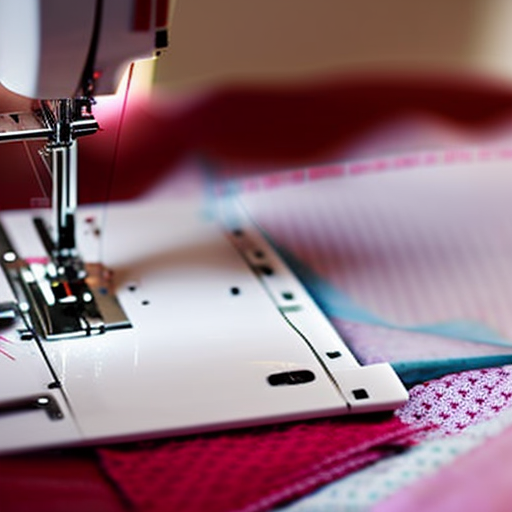
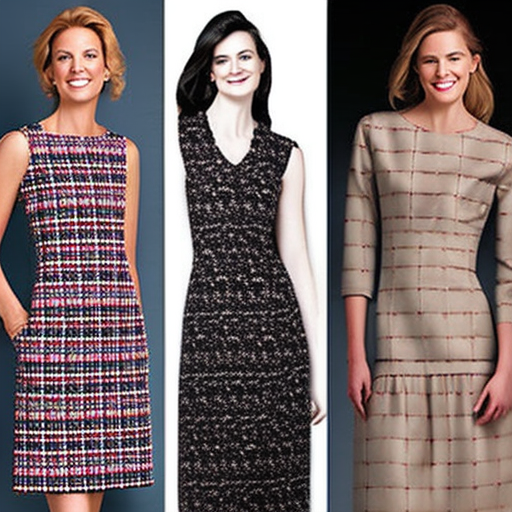
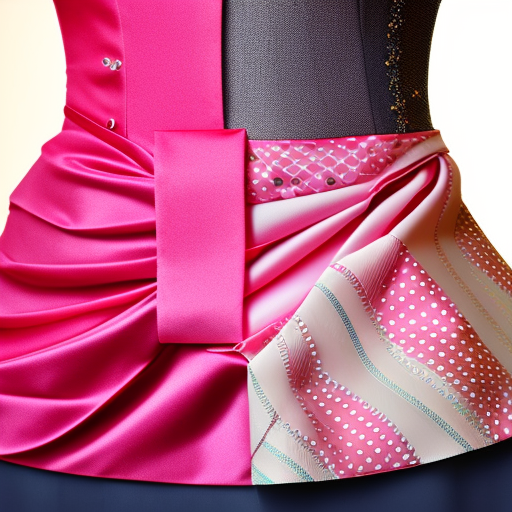
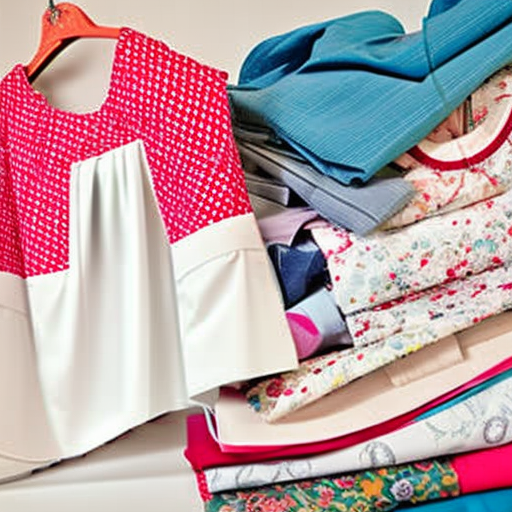
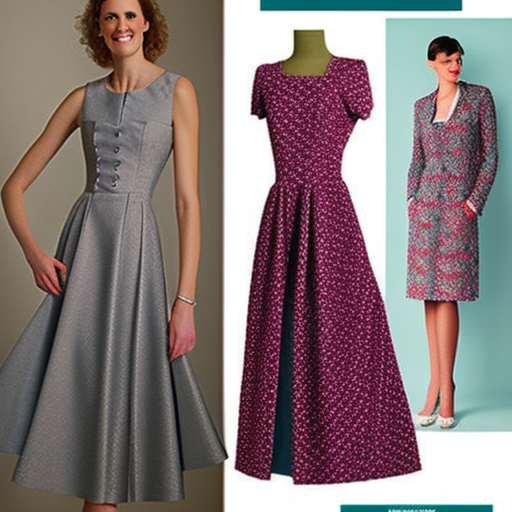
Interesting question! #sewing
Gina Tayler: I’m curious too! #fabric
#LoveToSew – Sewing patterns are usually made of paper or plastic that includes a detailed diagram and instructions for creating garments!
Fascinating! I want to learn more about it! #SewingPatterns